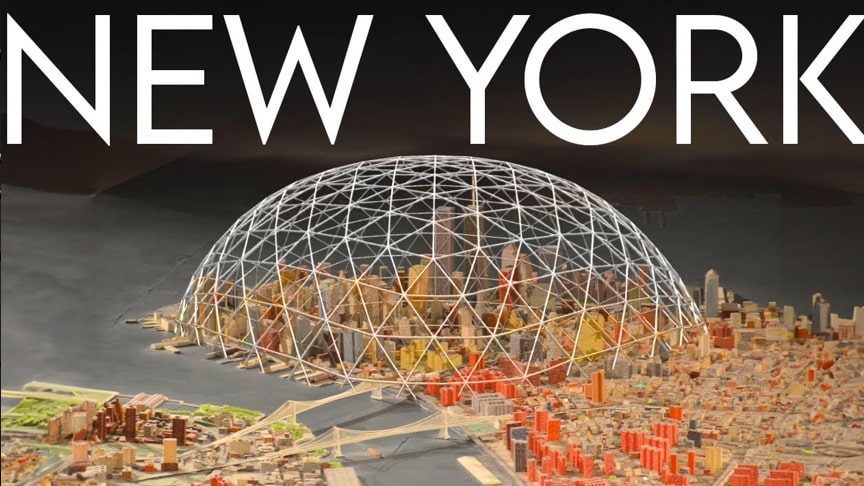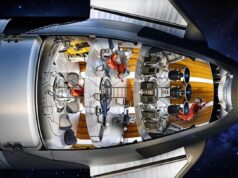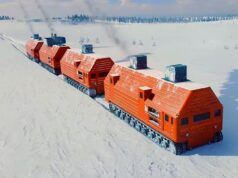Back in the 1960s, an architect named Buckminster Fuller proposed building a massive geodesic dome over midtown Manhattan, which would have completely transformed the skyline of New York City. Today, we’re going to explore the history behind this plan and why it ultimately failed.Walking down 5th avenue, You look up to the manhatten skyline, but instead of seeing stars, you see only the twinkingly lights of the Mid-town dome. Welcome to an alternative cyberpunk new york that never happened.
source.image: Escape Velocity
The proposed plan was to cover midtown Manhattan with a massive geodesic dome. It would have been tall enough for the biggest skyscrapers and wide enough that most of central new york would have lived under its lofty borders. This dome would have been made out of lightweight materials, been transparent and it would have covered an area of over 17 square miles – from the East River to the Hudson River, from 21st Street to 64th Street. The idea behind the dome was to create a climate-controlled environment that would protect the city from the harsh New York winters and summers.via: Escape Velocity
The dome would have been supported by a network of cables and steel beams, and it would have been anchored to the ground by massive concrete pillars. And we mean truely massive here, each one would have been the size of the statue of liberity and been out in the river and the bay. The dome would have been 200 feet tall at its highest point, and it would have covered some of the most iconic buildings in New York City, including the Empire State Building and Rockefeller Center – then at the time some of the tallest buildings in the world.
Advertisement
Ironically it seems that the economics of this dome made sense the bigger it was, hence the size was considered conservative with additional ideas floated for other parts of new york.The dome itself would have its own internal climate that would have been controllable, allowing the powers that be to make it rain or shine inside, and generate electricity from the sheer amount of air convection inside – powering the city indefinity to come.When it rained externally, vast gutters would capture the downpour and channel the liquid to a vast holding reservoir under central park. Unlimited fresh water, and no more water shortages that were common in the 1960s in New York.











